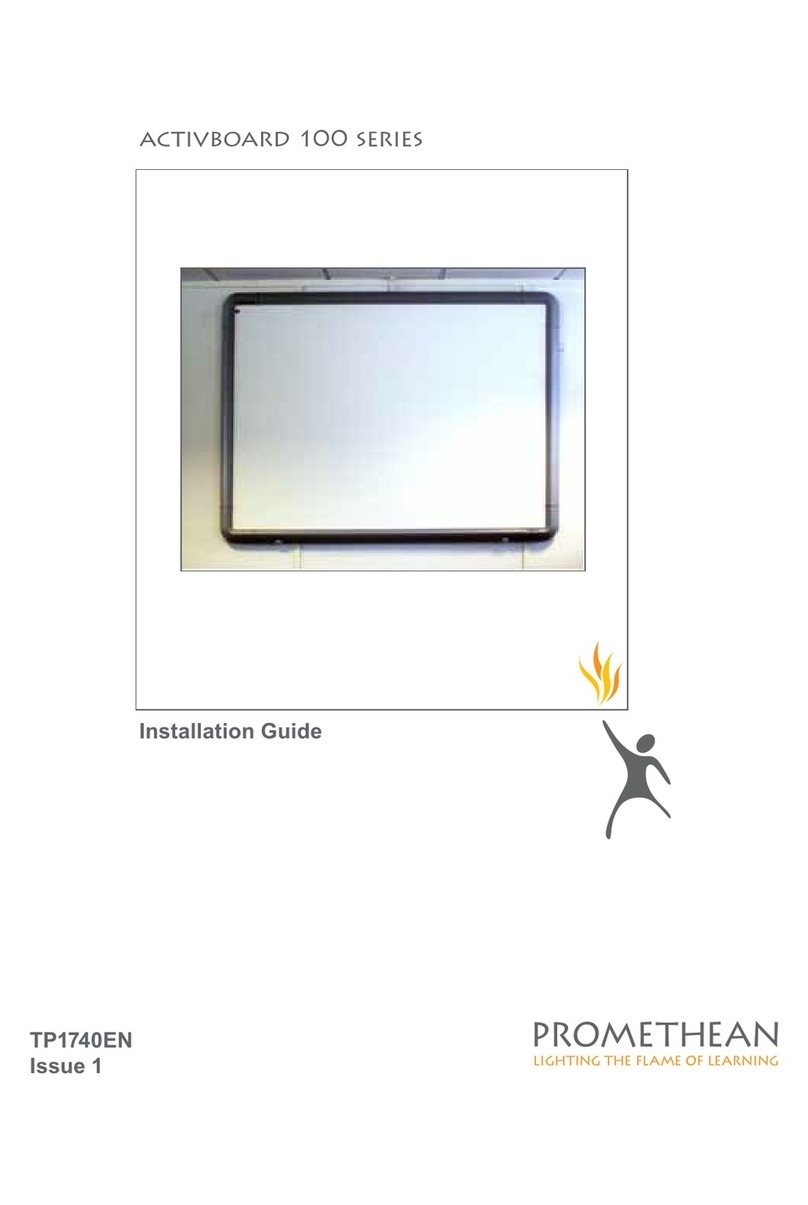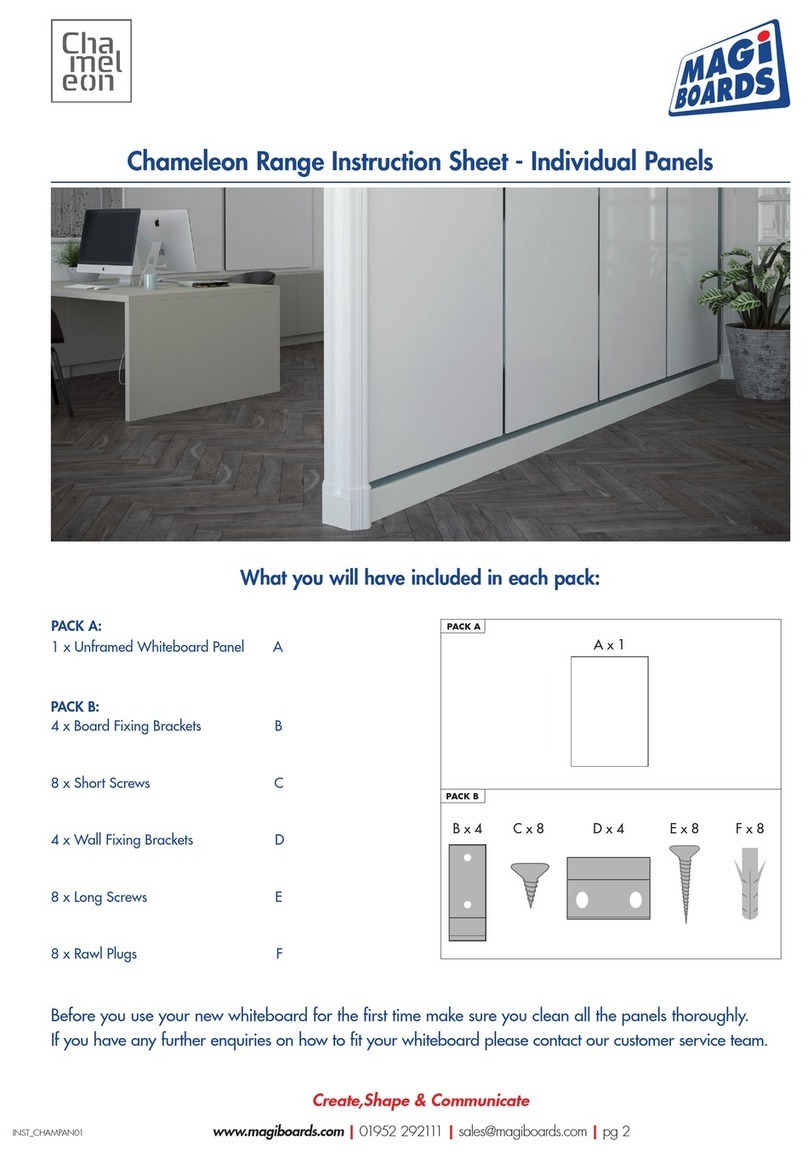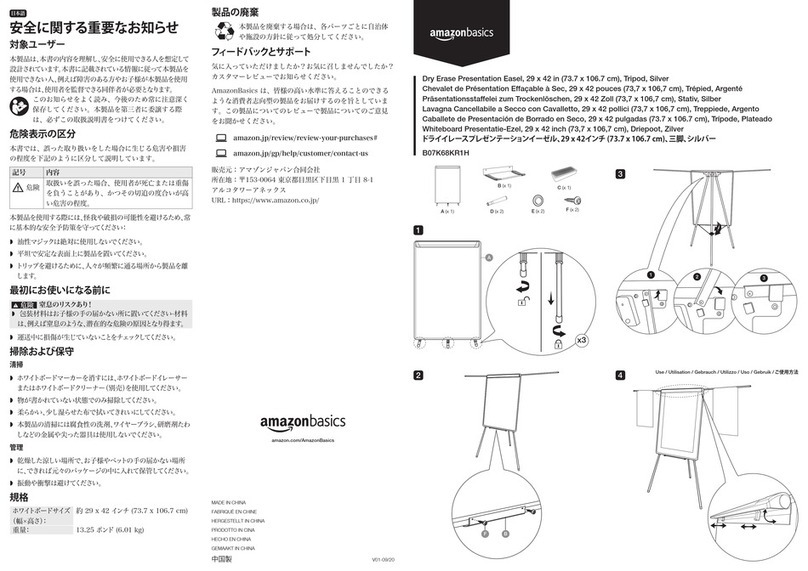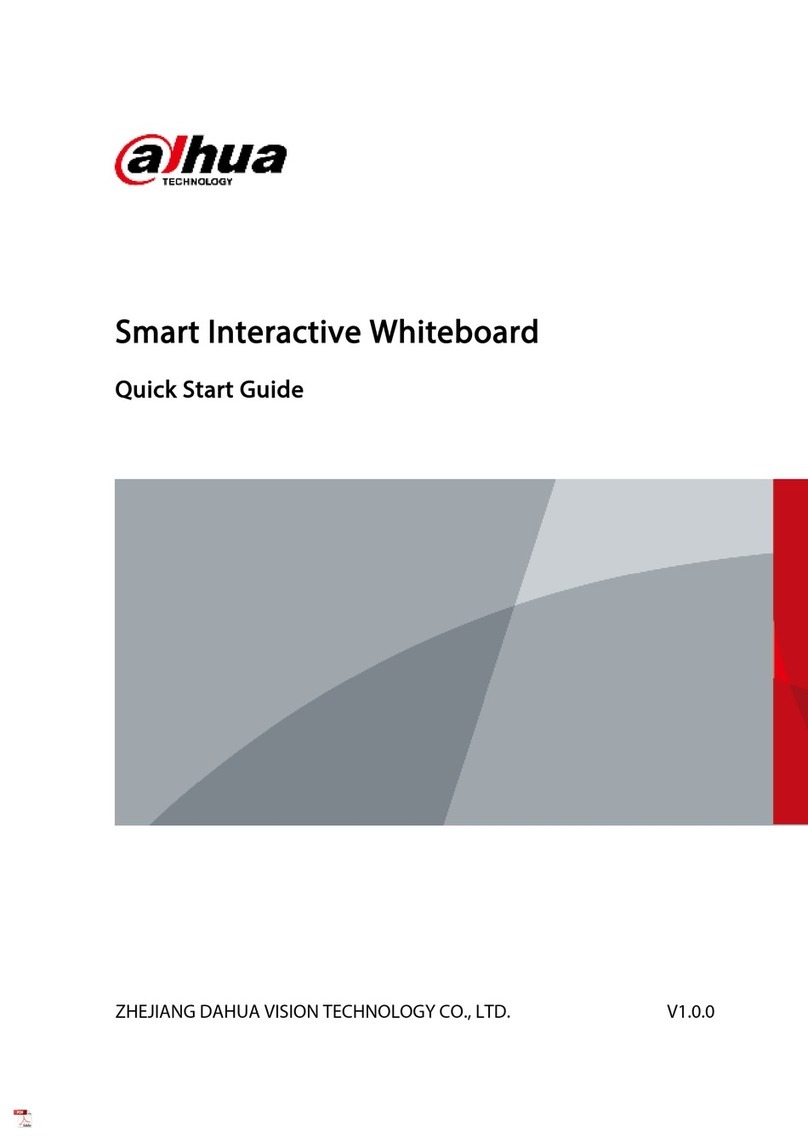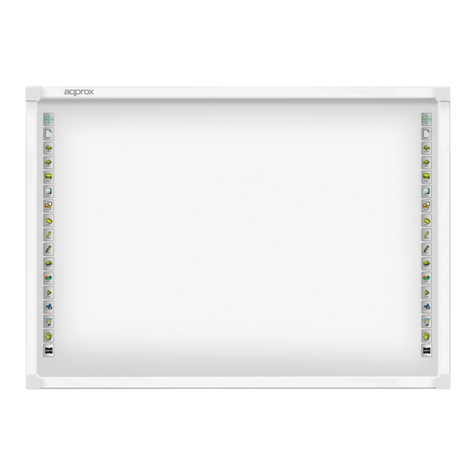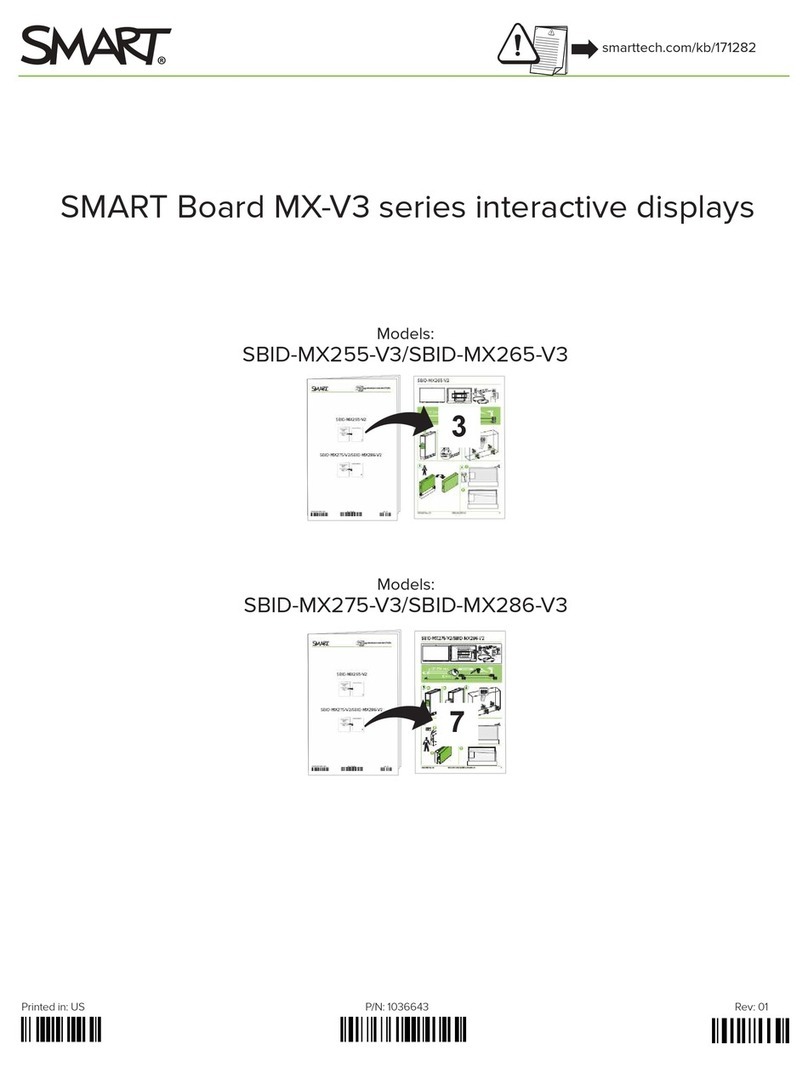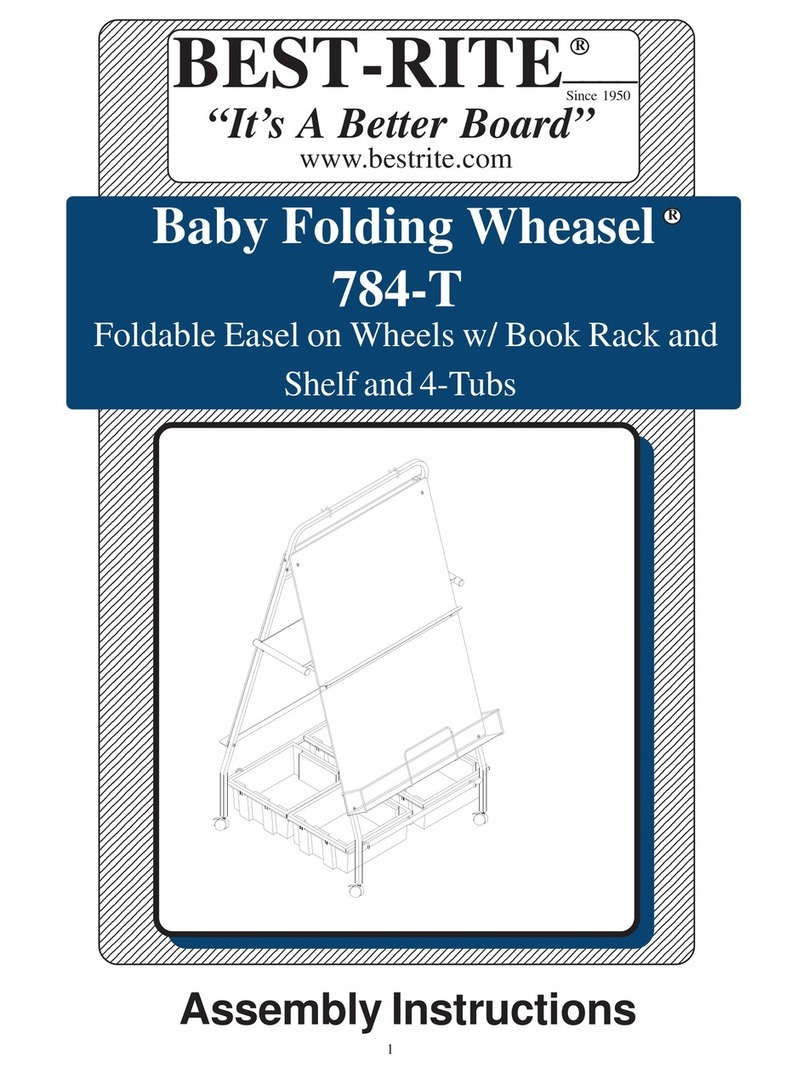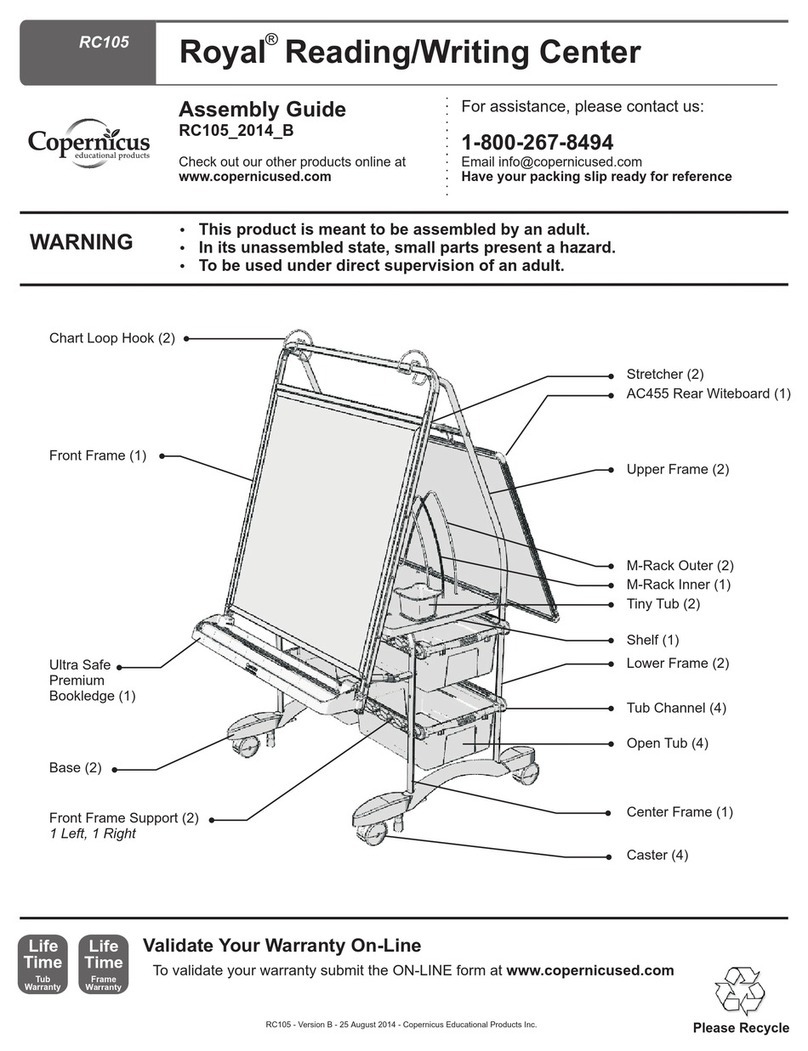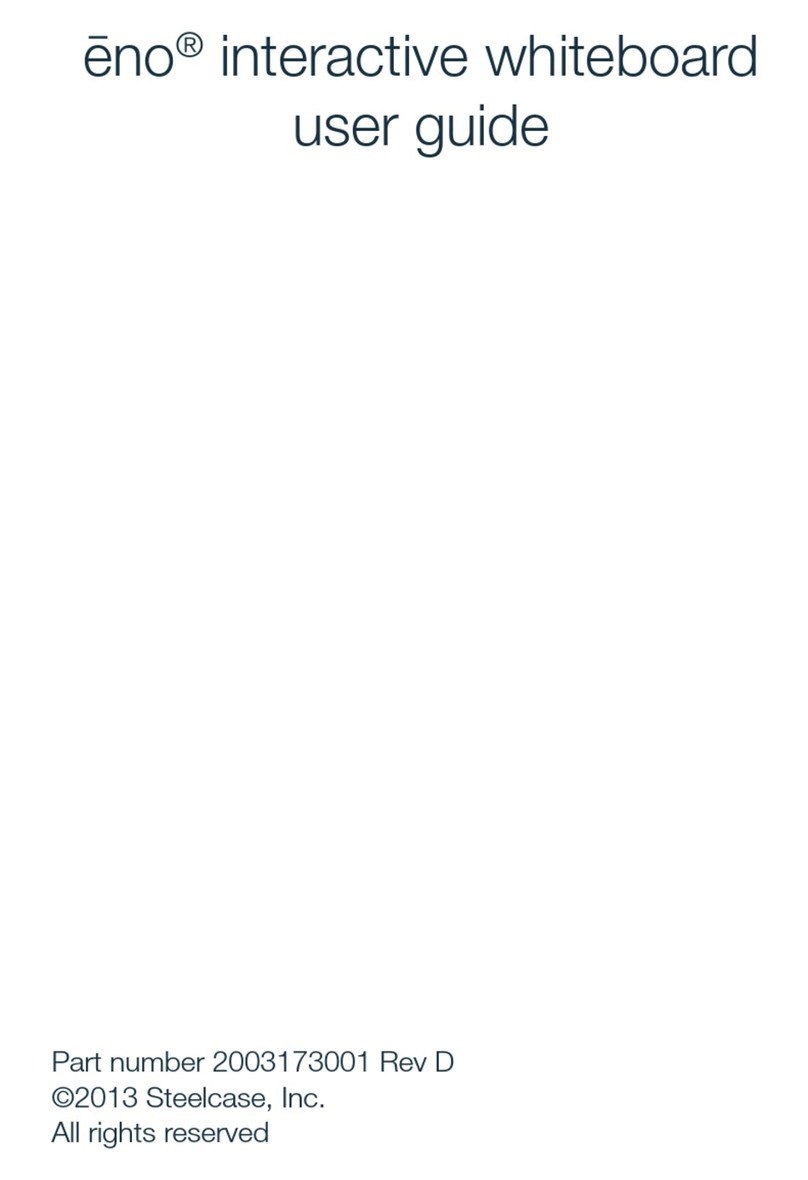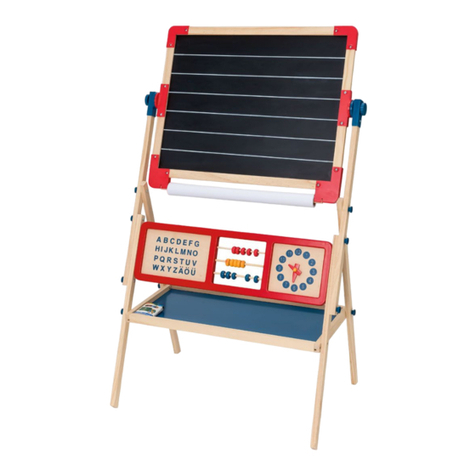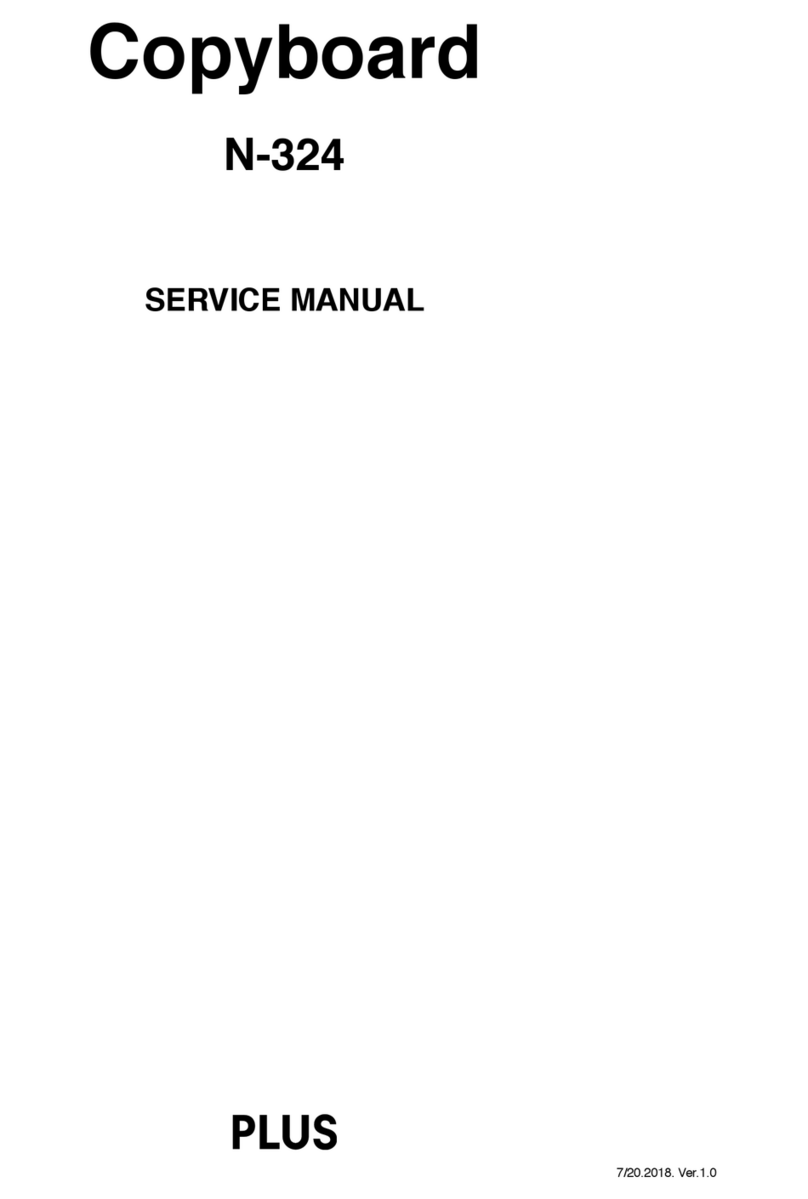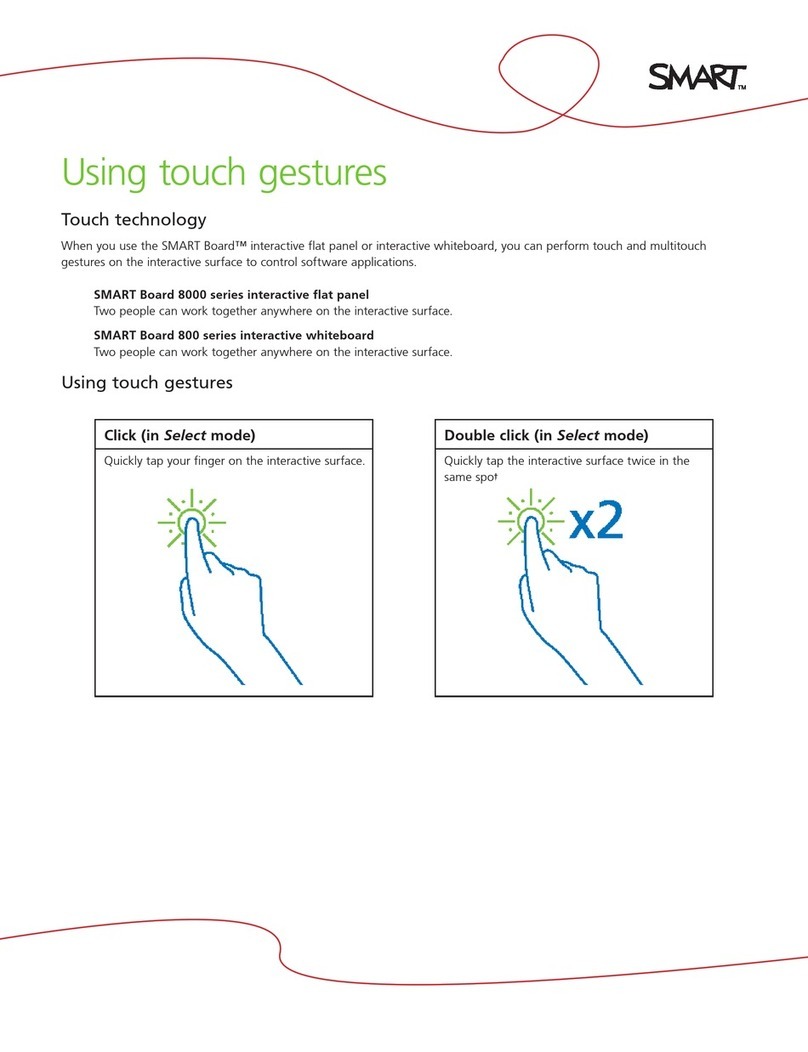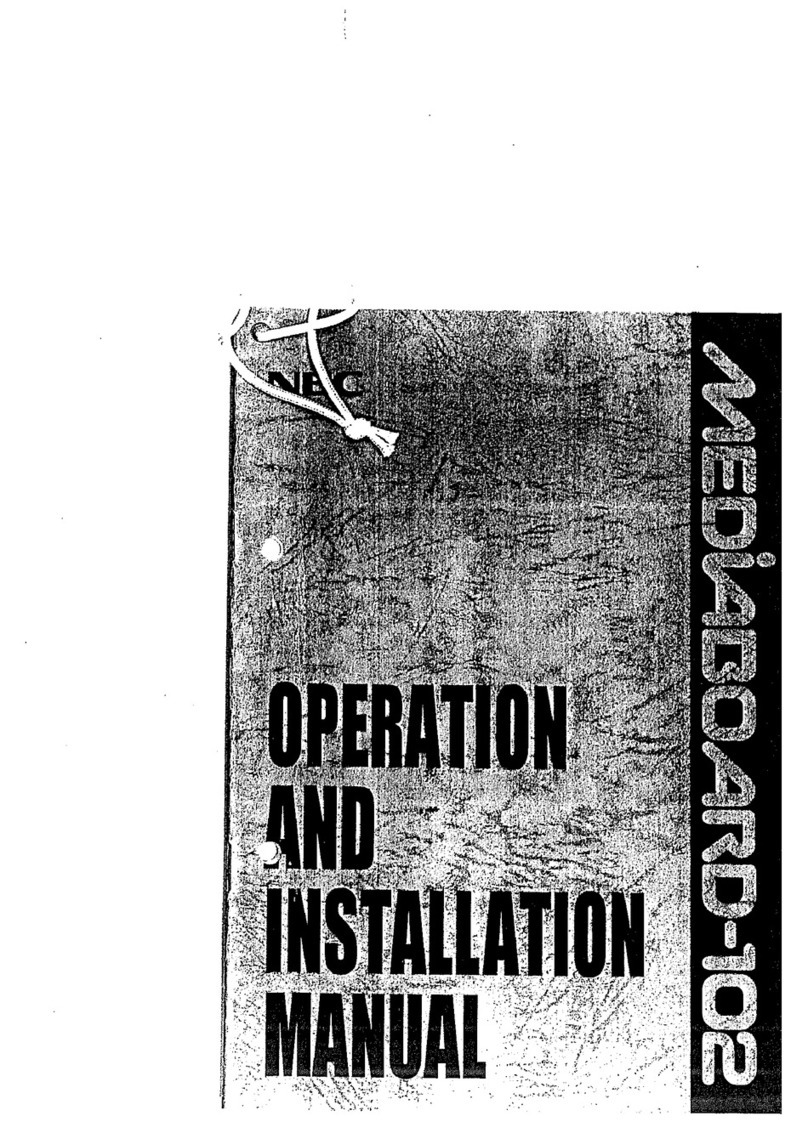1
Contents
1. Overview..................................................................................................................................2
2. Features...................................................................................................................................2
3. Specifications ...........................................................................................................................3
4. Product Package Contents.......................................................................................................4
5. Hardware Installation................................................................................................................4
5.1. Installation of USB Receiver…………………………………………………………………………. 4
5.2. Writing Board ...……………………………………………………………………………………….. 5
6. Software Installation.................................................................................................................6
6.1. System Requirements ……………………………………………………………………………….. 6
6.2. Installation of Application Software …………………………………………………………………. 6
6.3. Uninstall Wireless Interactive Whiteboard Software ……………………………………………….8
7. Operation of Software Functions..............................................................................................8
7.1. Single User Board ID Matching Operation ……………………………………………………..…...8
7.2. Multi-user Switch Operation……………………………………………………………………..……9
7.2.1. Guidance Multi-user Switch Operation……………………………………………………………..10
7.2.2. Meeting Multi-user Mode Operation………………………………………………………………..10
7.3. Operations of Software Interactive Functions……………………………………………….……. 11
7.3.1. Introduction to Overall Functions...........................................................................11
7.3.2. Three Methods to Operate Whiteboard Software ..................................................11
7.3.3. Description of Mouse Mode and Toolbar ...............................................................12
7.3.4. Description of Toolbar in Whiteboard Mode...........................................................12
7.3.5. Operation of Teaching Image Lib in Whiteboard....................................................13
7.3.6. Description of Toolbar in Write Mode.....................................................................14
7.3.7. Operation Write Mode in PowerPoint Play Mode...................................................15
7.3.8. Operation of Print to Match of Printed PowerPoint Manuscript..............................16
7.3.9. Intelligent Session Recorder and Playback………………………………………..….18
7.3.10. Operation of Page Brower…………………………………………………………..…..19
7.3.11. Operation of Whiteboard Page Manager……………………………………….……..19
7.3.12. System Toolbar (Tray) Menu……………………………………………………...…….20
8. Notices...................................................................................................................................20
8.1. Tips for Usage………………………………………………………………………………………...20
Replace the Pen Refill.............................................................................................................20
Replace the Pen Battery.........................................................................................................20
8.2. Common Input Problems and Solutions……………………………………………………………21

